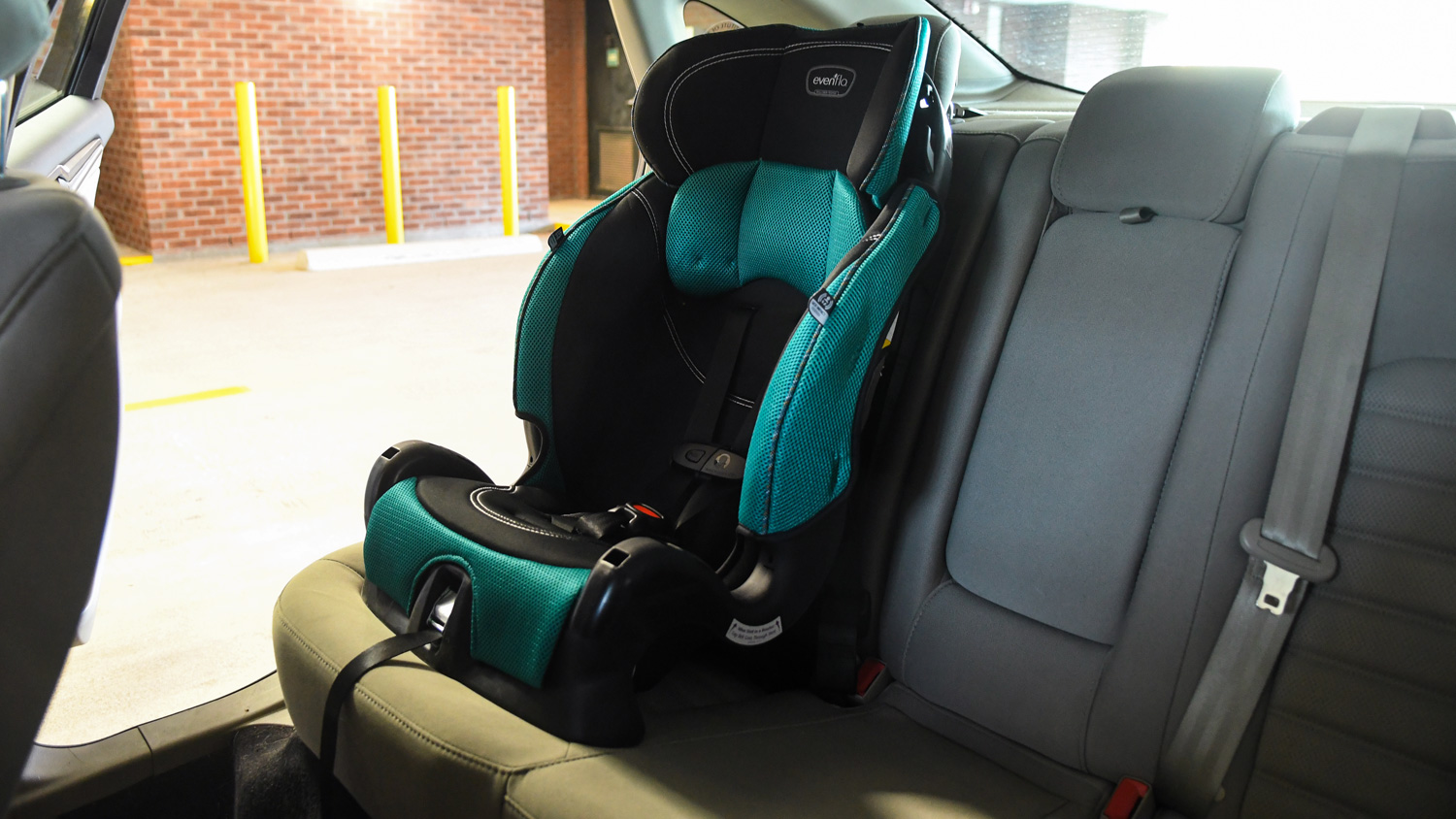When it comes to car seats, safety is paramount. Proper use and maintenance are crucial to ensuring that your car seat remains effective in protecting your child in the event of a crash. One question that often arises is, “How long are car seats good for?” In this comprehensive guide, we’ll explore the lifespan of car seats, factors that affect their longevity, and what you can do to ensure your child’s safety on every journey.
Understanding Car Seat Expiration Dates
Car seats come with expiration dates, which are typically printed on the seat or base. These dates are not arbitrary; they are based on factors such as the materials used, safety regulations, and the lifespan of the seat components. While it might be tempting to use a car seat past its expiration date, doing so can compromise your child’s safety.
Why Do Car Seats Expire?
Car seats are made from materials that can degrade over time, especially when exposed to factors like sunlight, heat, and cold. Additionally, safety standards and regulations evolve, meaning that older car seats may not meet current safety requirements. By adhering to expiration dates, you can ensure that your child is protected by the latest safety features and technology.
Factors That Affect Car Seat Longevity
Several factors can affect the longevity of a car seat. Here are some key factors to consider:
Quality of Materials:
The quality of materials used in the construction of the car seat plays a significant role in its durability. High-quality, durable materials tend to last longer and withstand wear and tear better than lower-quality materials.
Usage Frequency:
How often the car seat is used can impact its lifespan. Car seats that are frequently used, such as those used for daily commutes or long-distance travel, may experience more wear and tear compared to car seats used occasionally.
Proper Installation and Use:
Car seats that are correctly installed and used according to the manufacturer’s guidelines are likely to last longer. Improper installation and misuse can put unnecessary stress on the seat, potentially leading to damage or reduced effectiveness.
Maintenance and Cleaning:
Regularly cleaning and maintaining your car seat can help prolong its lifespan. Follow the manufacturer’s instructions for cleaning and care, and avoid using harsh chemicals or methods that may damage the seat’s materials.
Storage Conditions:
How the car seat is stored when not in use can affect its longevity. Storing the seat in a cool, dry place away from direct sunlight and extreme temperatures can help prevent damage to the materials.
Accidents and Crashes:
If a car seat has been involved in a crash, even a minor one, it should be replaced immediately, as the structural integrity may have been compromised. Car seats are designed to absorb impact during a crash, and their effectiveness may be diminished after an accident.
Expiration Date:
Car seats have an expiration date determined by the manufacturer. This date is typically based on factors like safety regulations, anticipated wear and tear, and material degradation over time. It is crucial to respect the expiration date and replace the seat accordingly.
It is important to note that while these factors can influence car seat longevity, there is no definitive lifespan for all car seats. Each car seat model and brand may have different guidelines and recommendations. Always refer to the manufacturer’s instructions and guidelines specific to your car seat for the most accurate information regarding its longevity.
Tips for Ensuring Your Car Seat Lasts
Here are some tips to help ensure your car seat lasts as long as possible:
Register Your Car Seat:
Always register your car seat with the manufacturer. This ensures that you’ll be notified promptly in case of any recalls or safety issues.
Follow Manufacturer’s Instructions:
Read and follow the manufacturer’s instructions for installation, use, and maintenance of your car seat. This includes proper cleaning and care guidelines.
Keep Your Car Seat Clean:
Regularly clean your car seat according to the manufacturer’s instructions. Use mild soap and water to clean the seat, and avoid harsh chemicals that could damage the materials.
Inspect Regularly:
Routinely inspect your car seat for signs of wear and tear, damage, or loose parts. Look for frayed straps, cracks in the plastic, or any other issues that could compromise safety.
Store Properly:
When not in use, store your car seat in a cool, dry place away from direct sunlight. Avoid storing it in places where it could be exposed to extreme temperatures or moisture.
Replace After a Crash:
If your car seat has been involved in a crash, even a minor one, replace it immediately. Damage from a crash may not be visible but could affect the seat’s safety performance.
Follow Expiration Dates:
Respect the expiration date of your car seat. Even if it appears to be in good condition, the materials may degrade over time, making the seat less effective in protecting your child in a crash.
Avoid Using Secondhand Seats:
Unless you can verify its entire history, it’s best to avoid using secondhand car seats. You may not know if it has been involved in a crash or if it’s past its expiration date.
Replace When Your Child Outgrows It:
As your child grows, their car seat needs will change. Transition to a different seat that is suitable for their age, height, and weight according to the manufacturer’s guidelines.
Educate Caregivers:
Make sure anyone who transports your child is familiar with how to properly install and use the car seat. This includes grandparents, babysitters, and other caregivers.
By following these tips, you can help ensure that your car seat remains safe and effective for as long as possible, providing your child with the protection they need while traveling.
Conclusion
While it may be tempting to use a car seat beyond its expiration date, doing so can compromise your child’s safety. By understanding the factors that affect car seat longevity and following the manufacturer’s guidelines, you can ensure that your child is protected on every journey. Remember, safety always comes first, so when in doubt, replace your car seat to ensure your child travels safely.





